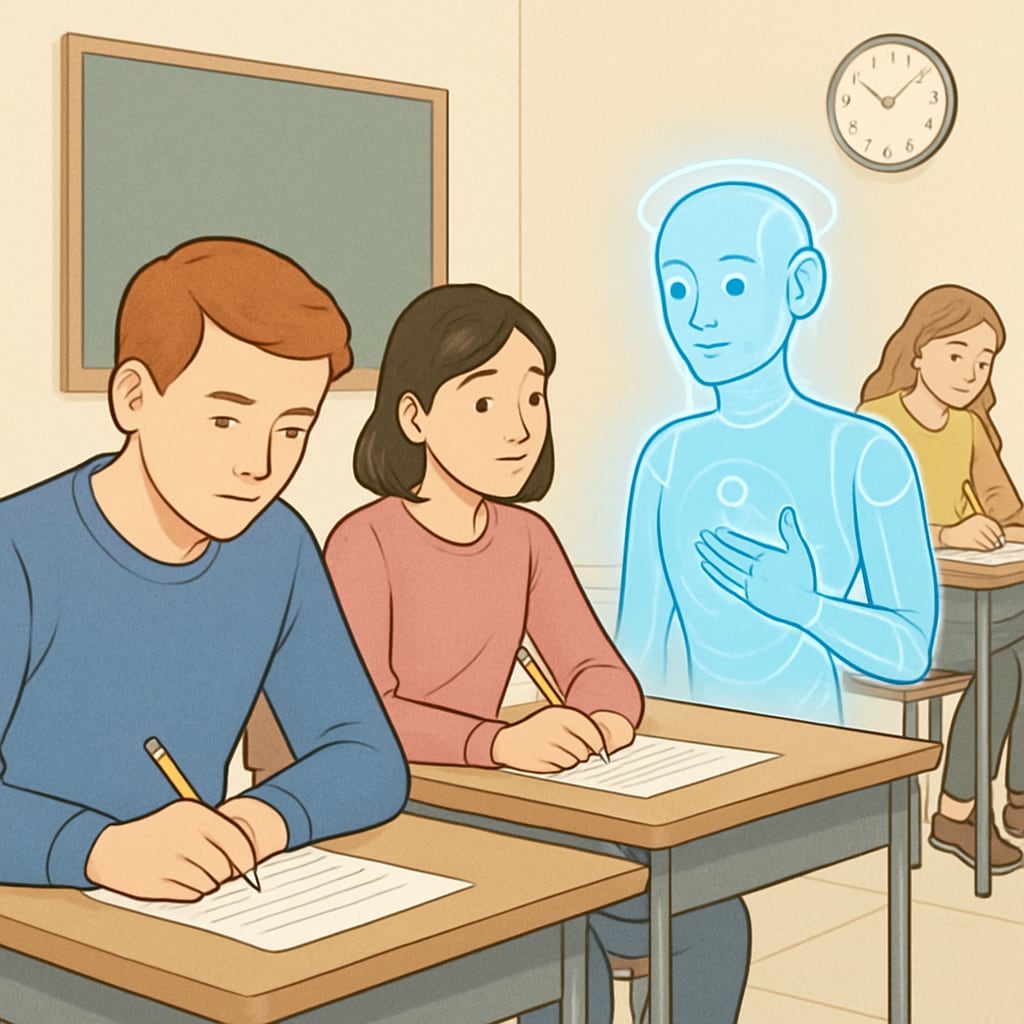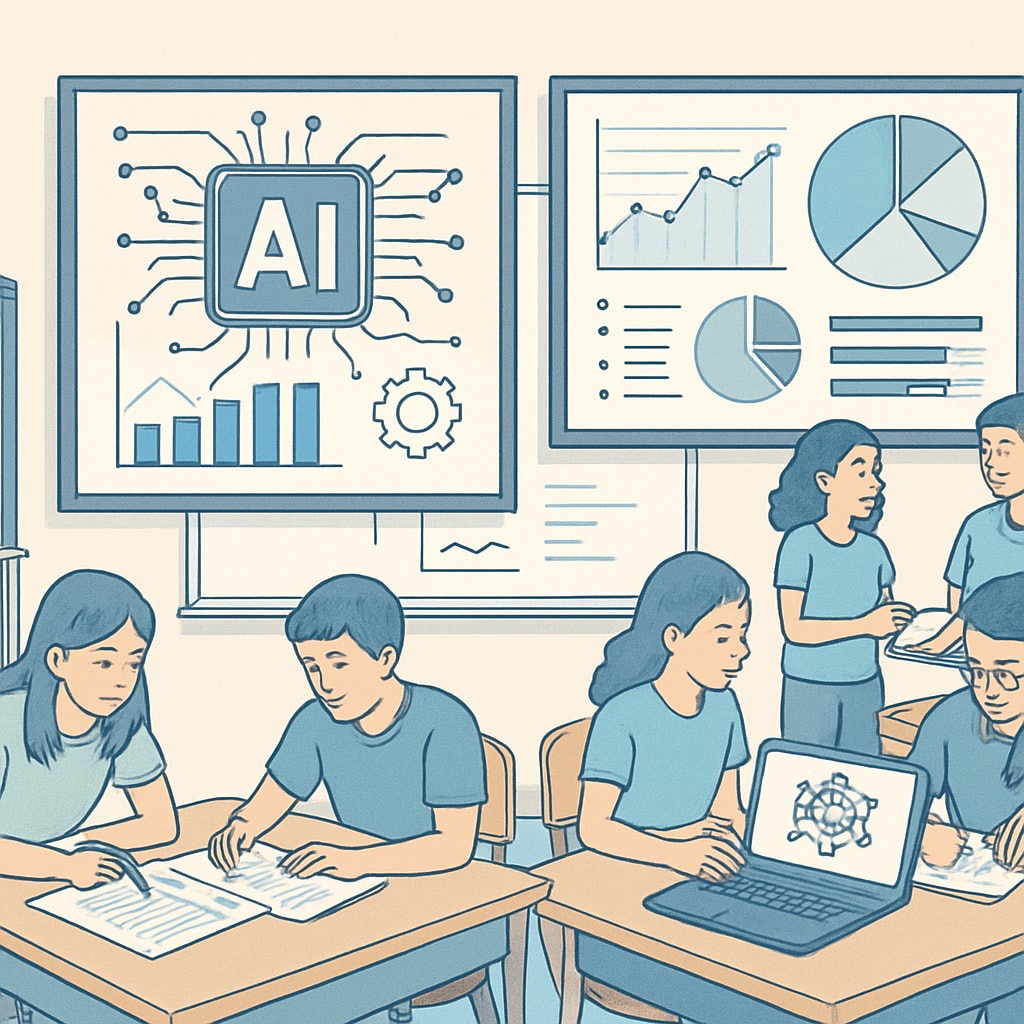The rapid advancement of artificial intelligence (AI) is fundamentally altering the way we evaluate and measure human potential. Traditional competitive exams, long considered the gold standard for talent selection, are increasingly viewed as inadequate in addressing the demands of a rapidly evolving world. This article delves into the challenges posed by the current system and proposes a multi-dimensional approach to talent evaluation that aligns with the realities of the AI era.
The Limitations of Traditional Competitive Exams in the AI Era
Competitive exams have historically been designed to assess a standard set of abilities, primarily focusing on rote memorization, logical reasoning, and problem-solving under time constraints. While these skills are valuable, they are no longer sufficient in a world where AI systems can outperform humans in tasks requiring speed, accuracy, and data processing.
For instance, AI platforms like ChatGPT and similar technologies have demonstrated the ability to generate high-quality responses, solve complex equations, and even create content—all within seconds. This raises a critical question: if machines can surpass humans in these areas, should we still prioritize these metrics in evaluating talent?

Moreover, traditional exams often fail to recognize creativity, emotional intelligence, teamwork, and adaptability—traits that are increasingly vital in the modern workforce. By adhering to rigid formats, these exams inadvertently exclude individuals who may excel in less conventional but equally important dimensions of intelligence.
Reimagining Talent Selection for the AI Era
To address these challenges, educational institutions and policymakers must rethink the purpose and structure of talent selection mechanisms. Here are some key areas of focus for reform:
- Diversifying Assessment Criteria: Incorporate assessments that evaluate creativity, collaboration, and critical thinking. For example, project-based evaluations and portfolio submissions can reveal a broader range of student capabilities.
- Integrating Technology: Leverage AI to create adaptive testing systems that adjust difficulty levels based on individual performance, offering a more personalized evaluation experience.
- Fostering Lifelong Learning: Shift the focus from one-time exams to continuous assessment models. This approach recognizes that learning is an ongoing process rather than a single event.
- Addressing Equity: Ensure that reformed systems are accessible to students from diverse socioeconomic backgrounds. For instance, provide access to digital tools and resources to bridge the digital divide.
These changes not only make talent selection more equitable but also better align with the skillsets required in a world increasingly shaped by AI.

The Role of Policymakers and Educators
The transition to a more inclusive and dynamic evaluation system requires collaboration between various stakeholders. Policymakers must provide the necessary legal and financial frameworks to support these changes, while educators play a crucial role in implementing and refining new methodologies.
Countries like Finland, which have embraced student-centric and less exam-focused educational models, can serve as inspiration. Their approach emphasizes holistic development, preparing students not just for exams but for life. Similarly, organizations such as the OECD (Organisation for Economic Co-operation and Development) advocate for global education reforms that prioritize critical thinking and adaptability over rote learning (OECD on Education).
As we navigate this transformative period, it is imperative to recognize that the goal of education is not merely to produce test-takers but to nurture well-rounded individuals capable of contributing meaningfully to society.
Conclusion: The Path Forward
The AI era demands a fundamental shift in how we assess and nurture talent. By moving beyond traditional competitive exams and embracing a more holistic approach, we can unlock the true potential of individuals and prepare them for a future where human creativity and adaptability are valued more than ever. The time to act is now—before the gap between our educational systems and societal needs widens further.
In conclusion, reimagining talent selection mechanisms is not just an educational imperative but a societal one. As we adapt to an AI-driven world, it is our collective responsibility to ensure that every individual has the opportunity to shine.
Readability guidance: This article uses short paragraphs, lists to summarize key points, and a logical flow to ensure clarity. It adheres to active voice, avoids jargon, and includes transition words to maintain coherence.


